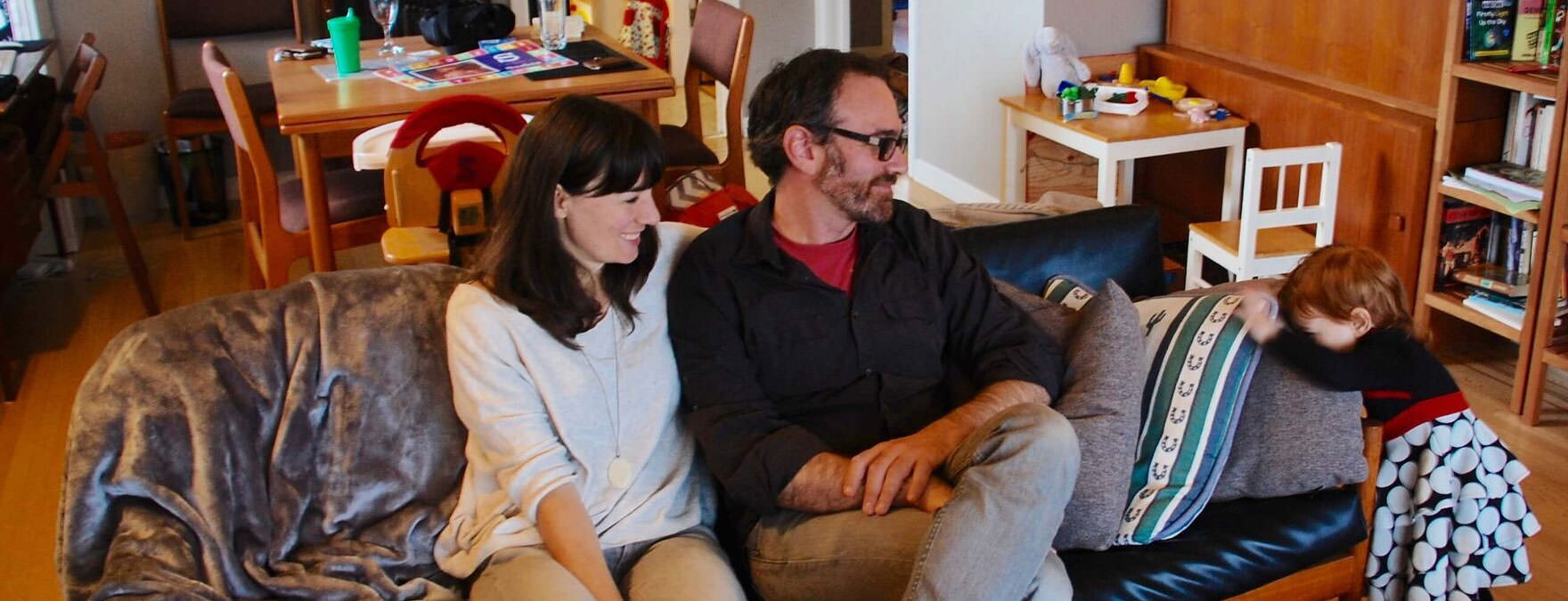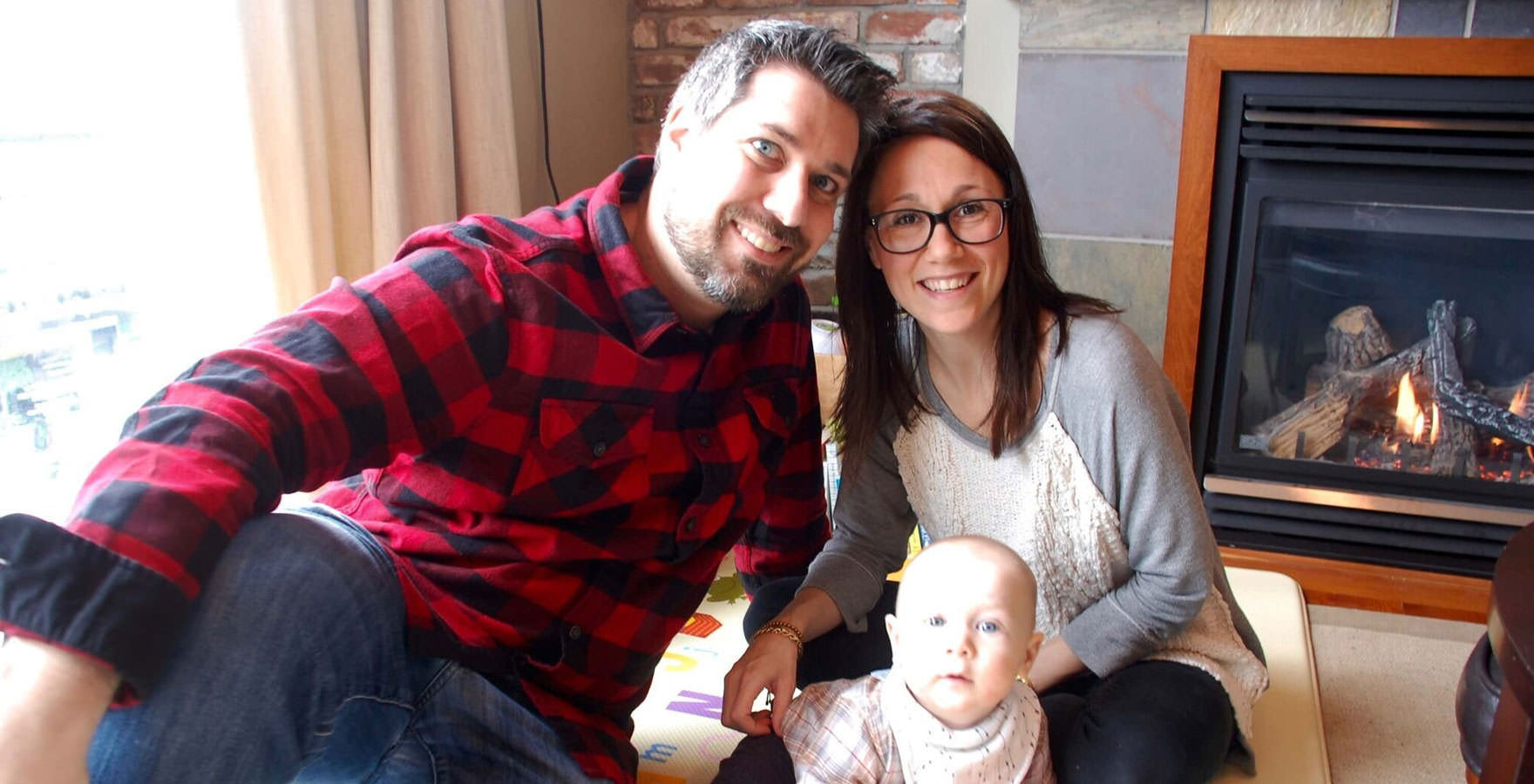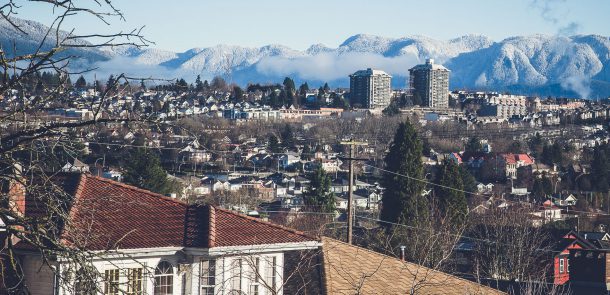In part one of a three-part series on affordability, author Jessica Barrett examines the social cost of the housing market on the young people of Metro Vancouver.
Red-hot. Sizzling. Scorching. No matter which overused adjective you prefer, there’s no denying Vancouver’s housing market is, well, on fire. That’s great news for some, but for a growing number of younger people hoping to get a foothold in the market, or even just stay where they are, the rapid increase in housing costs has left many feeling burned.
But the impact of runaway housing prices can’t be counted in just dollars and cents. Vancouver’s affordability crisis commands a price in social, psychological and emotional energy as well.
Unlike the boomers who decamped to the suburbs to start families in their early 20s, many in generations X and Y have spent their emerging adulthood — the decade or so that now sits between finishing school and starting a family — building deep social networks and putting down roots. And in Vancouver, a city where so many people come from somewhere else, and where many already struggle to overcome a sense of social isolation, peer groups quite literally fill the role of family. They offer support, security and essentials such as emergency childcare. These social networks are fractured when people are displaced. Those forced out are left seeking more than the already elusive affordable mortgage with an extra bedroom and a reasonable commute. They’re looking for a sense of belonging.
An investment of another sort
Melanie Kuxdorf and Zachary Rothman look back on their days in the attic apartment on Commercial Drive with more than a pang of nostalgia.
For nearly a decade, the couple lived in the upper floor of a house on Grant Street where they were at the centre of a lively and supportive community. They formed a close friendship with their downstairs neighbours, and together built a large vegetable garden in the backyard where they’d often dine as a household on warm summer evenings. Neighbourhood cats routinely popped up to their suite for a visit and dashing out for groceries often meant bumping into friends. Many, like them, had settled in the neighbourhood as students or new graduates and, in a way, they’d grown up together; establishing careers, finding partners and eventually starting families.

Their daughter Saskia was born two-and-a-half years ago in the little rental suite with the help of a midwife. After that, Kuxdorf, 35, a communications specialist, and Rothman, 40, a digital media producer at the faculty of medicine at UBC, found themselves among a plethora of new parents on The Drive. They’d meet at the park, swap hand-me-downs and gather for impromptu play dates on rainy indoor days.
“It was kind of this analogue way of life,” recalls Kuxdorf. It was exactly the kind of life they had wanted for Saskia, which is why the decision to leave The Drive last year was so difficult.
There’s not a lot left to be said about Vancouver’s indefatigable housing market. Throughout the city and beyond, anxiety over the phenomenon is simply increasing in step with the cost of single-family homes and inversely tied to the dwindling list of options available to median income earners. Left to choose between unreliable rentals, cramped condo living, unsustainable debt, lengthy commutes, or starting from scratch somewhere else, there’s no obvious place to invest a finite housing budget. But the situation is also undermining investments of another sort: the considerable social capital many young people have poured into the communities they are being forced to leave.
Leanne and Jeff Markusoff have given up on finding that in the City of Vancouver. At this point, they’re feeling OK about being priced out, but it’s taken some work. “I’m actually happier about it as time goes on,” says Leanne, a librarian with the Richmond School District. “Because I worry the things that I want wouldn’t be here in the future — such as community.”
Outbid in Ladner
They’re hopeful they will find that in Ladner, where after being outbid twice, they’ve finally bought a three-bedroom townhouse, making the most of a budget that won’t cover a single family home, even in the suburbs.
While they’ve loved living in their one bedroom condo near Main and Broadway, and swore they’d never leave the city where Leanne grew up—the birth of son Ryan last year was a game changer. These days, the condo is cramped, their friends have scattered, and they want to settle in a place where Ryan can play outside and go to school, take swimming lessons and play soccer with the same cohort of neighbourhood kids.

That was the kind of childhood Leanne remembers while growing up in Kerrisdale on Vancouver’s west side. Even if she could afford a house in her childhood neighbourhood, she says she wouldn’t go back. A community where houses sell for millions likely doesn’t include young families like hers. “I wouldn’t have as much in common with the people there.”
Instead they’ll be joining her sister and brother in the suburbs, as well as some of her coworkers. The Markusoffs are optimistic some friends will follow.
“We’ll be some of the first of our friends to move outside,” says Jeff, a counsellor. “But we won’t be the last, just you wait,” adds Leanne.
Kuxdorf and Rothman are less confident about where they should go.
Finding a rental can last months
With one grandparent in Vancouver and well-paying jobs on the west side keeping them tied to the city, they looked for a new home for months when the attic apartment on The Drive started showing signs of major structural damage. Priced out of both the rental and condo market in the neighbourhood, they landed on what they thought was the next best thing: another rental house on the edge of nearby Trout Lake Park. But while the geographic distance to their old community was small on paper, in practice, it’s had a huge impact on their quality of life.
Getting harder to make friends
The half-hour walk to their old haunts has proved too onerous to undertake regularly with a toddler. They now rely on their car and no longer bump into friends while frequenting the independent bakeries, cheese shops and cafes they used to patronize on a near daily basis. Incidentally, proximity and spontaneous, repeated interactions are two of the three key factors social psychologists say create the conditions to form friendships, which gets more difficult as you age.
After more than a decade in the neighbourhood, being forced frustratingly out of reach of their community right at the point when they needed it most feels unjust, says Rothman. “You live in a place and you help make it safe and fun and you contribute to what you want that community to be. And then people with money just move in and price you out. Where are you supposed to go?”








